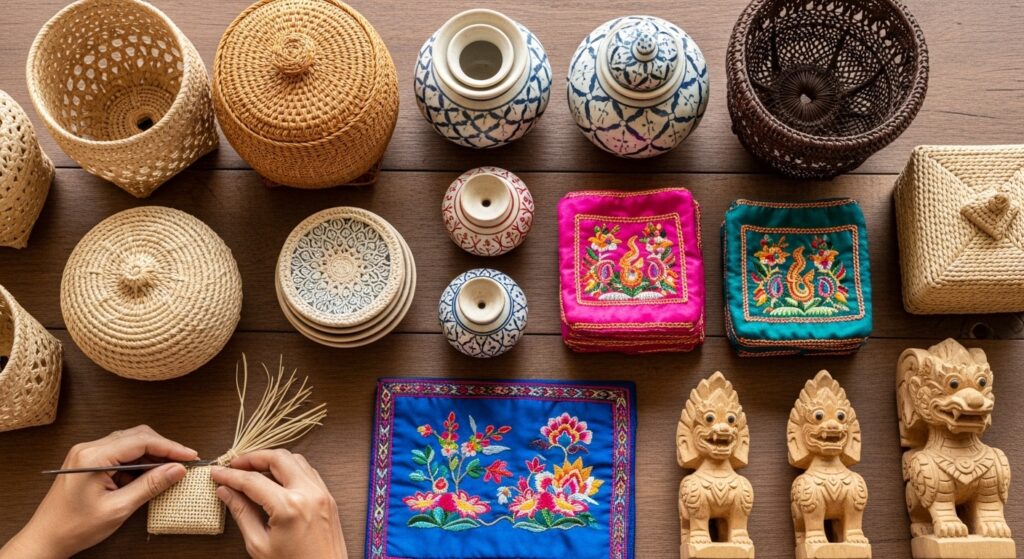The term “tumbons” might sound unfamiliar to many, yet it carries intriguing linguistic and cultural weight depending on the context in which it is used. Across different communities and languages, words like tumbon or tumbons can take on various meanings, from geographical designations to symbolic or colloquial expressions. In this article, we’ll dive into the origins, meanings, and modern uses of tumbons, exploring how this unique term has found relevance in multiple areas of life, including culture, geography, and even digital spaces.
Etymology and Historical Background
The word tumbon originates from the Thai language (ตำบล), meaning “subdistrict” or “local administrative area.” Thailand’s administrative system divides its provinces into amphoe (districts), and those districts are further divided into tumbon (subdistricts). When pluralized in English as tumbons, it refers to multiple subdistricts or local communities. This structure is fundamental to Thai governance, emphasizing local representation, resource distribution, and cultural identity.
Over time, the word tumbon has also gained informal usage in certain regions, sometimes referring to a neighborhood or a rural community. Beyond its administrative meaning, tumbon represents a sense of local belonging — a small yet essential unit of Thai society where traditions, festivals, and relationships flourish.
Tumbons in Thai Society
In Thailand, tumbons are more than administrative boundaries — they are living communities with unique cultural characteristics. Each tumbon has its own local council, temples, schools, and festivals. Many of Thailand’s beloved cultural events, such as Songkran (the water festival) and Loy Krathong, are celebrated at the tumbon level, bringing people together to honor heritage and faith.
The structure of tumbons allows for community-level decision-making. Local leaders, often elected, handle issues such as public health, education, agriculture, and environmental protection. This decentralization gives citizens a direct voice in governance, strengthening Thailand’s democratic and community-based values.
Cultural Significance and Community Identity
Each tumbon reflects a distinct cultural identity. Thailand’s diversity — from the northern mountains to the southern islands — is mirrored in the customs, dialects, and cuisines found in its tumbons. In the northern region, for instance, tumbons may be known for traditional Lanna culture, while southern tumbons often carry influences from Malay and coastal traditions.
This localized identity fosters pride and unity among residents. Families often trace their roots back to a specific tumbon, and community events reinforce social bonds. Even in an increasingly digital world, tumbons maintain their importance as physical and emotional centers of connection.
Tumbons and Tourism
In recent years, tumbons have gained recognition for their role in promoting eco-tourism and cultural tourism in Thailand. Travelers seeking authentic experiences are drawn to these smaller communities, where they can witness traditional crafts, farming methods, and local lifestyles. Many tumbons are now part of government-supported tourism initiatives that help preserve heritage while providing economic opportunities to local families.
For example, visitors might participate in pottery workshops, traditional cooking classes, or agricultural homestays. These programs not only boost income for tumbons but also strengthen cultural preservation, ensuring that future generations continue to value their roots.
Modern Relevance and Global Awareness
With globalization and urbanization reshaping Thailand, the tumbon system remains vital for maintaining balance between progress and preservation. Technology has also transformed the way tumbons operate. Many now use digital platforms to manage administrative tasks, share community updates, and promote local tourism. Young people are increasingly using social media to showcase their tumbons, helping global audiences discover the beauty of rural Thai life.
Furthermore, international development programs often use tumbons as models for community-based governance. The emphasis on local empowerment, accountability, and cooperation offers valuable lessons for sustainable development worldwide.
Conclusion: The Heartbeat of Local Thailand
Tumbons embody the spirit of local identity, unity, and tradition in Thailand. While they may seem small on the map, their influence is enormous in shaping culture, governance, and community resilience. As Thailand continues to evolve in the 21st century, tumbons remain the heartbeat of its social fabric — where history, culture, and human connection meet.
Whether viewed as administrative units or cultural microcosms, tumbons remind us that the strength of any nation lies in its local communities. They are living proof that even in a rapidly modernizing world, the essence of togetherness and shared heritage continues to thrive in the heart of every tumbon.
